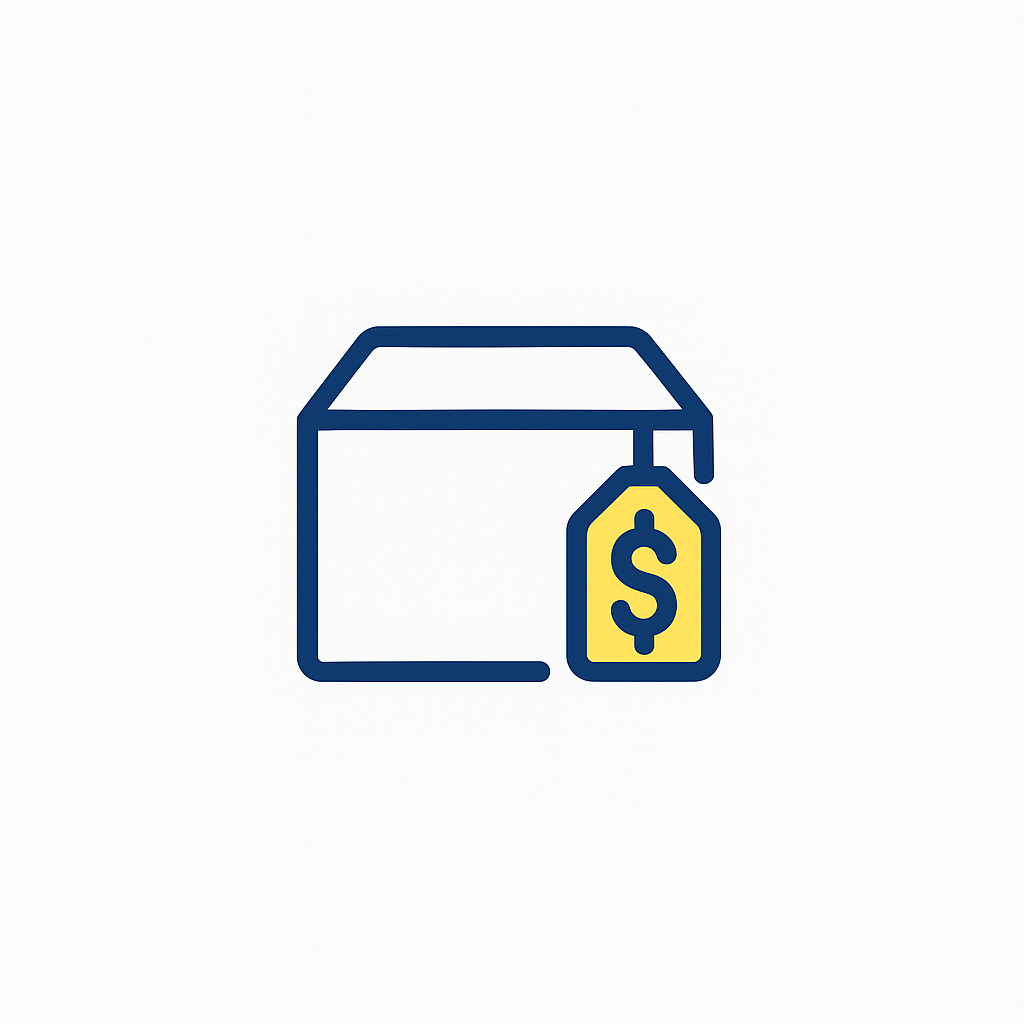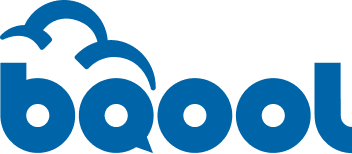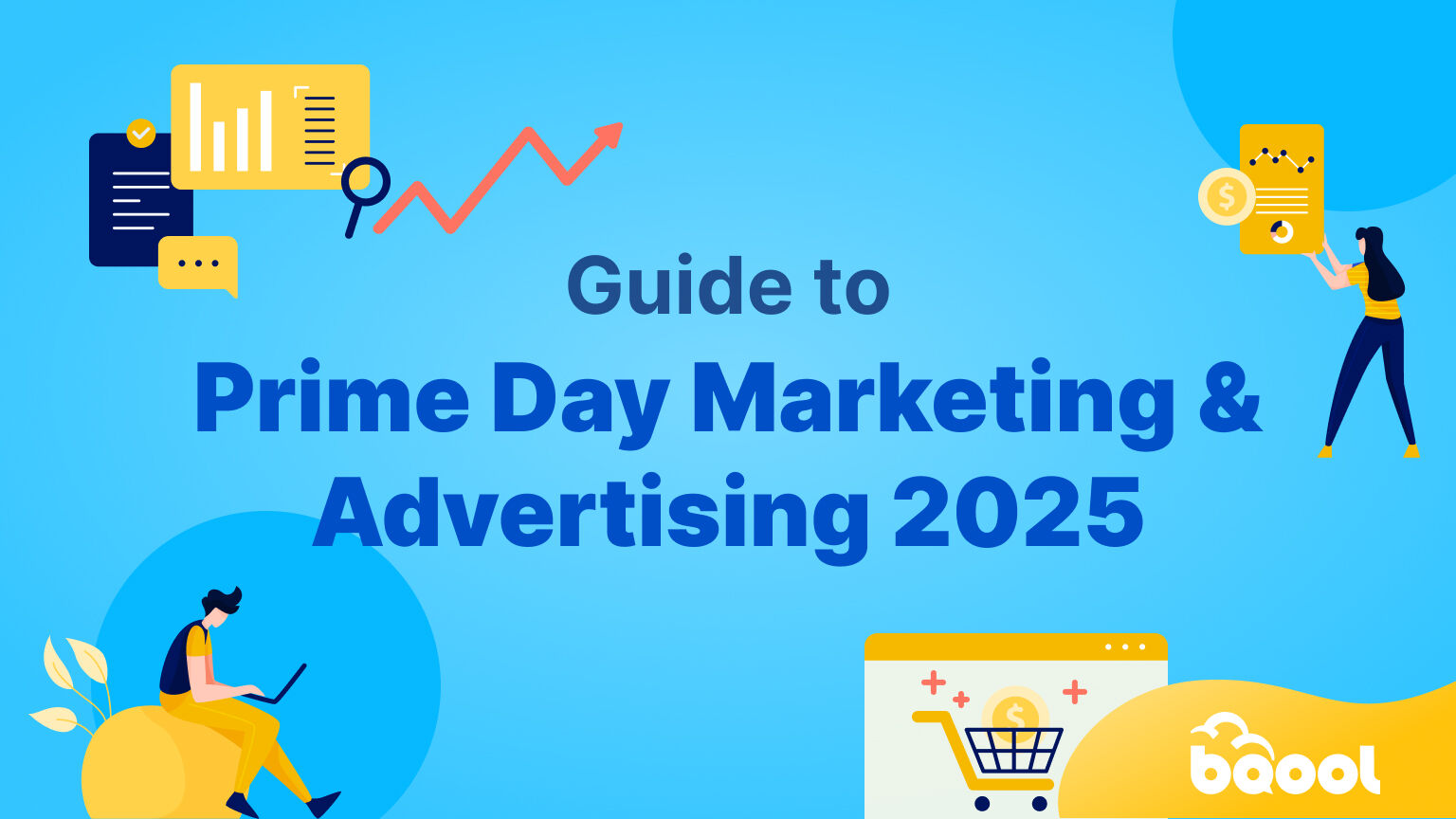Amazon Prime Day Strategy: Reprice in 5 Steps

Have you considered pricing as part of your Amazon Prime Day strategy this 2025?
This article aims to help sellers who may be new to selling on Prime Day and haven’t yet figured out their pricing strategy, or experienced sellers who would like to revisit their strategy to see where they could make improvements. We break it down into 5 simple steps for you to implement this Prime Day 2025. We’ll show you how to match the Buy Box, reduce the likelihood of fees, and let automation handle your pricing so you can spend Prime Day on customer service, fulfillment strategies and managing your online storefront.
Overview
What are the obstacles of Prime Day 2025?
For the first time in Amazon history, Prime Day will extend to a full four-day, 96-hour event running from July 8-11, twice as long as last year’s. During that window, prices changes are expected to occur roughly 2.5 million times a day, that’s about once every 10 minutes on every listing. Because up to 90% of sales occur in the Buy Box, this makes product visibility even more difficult for sellers.
A longer sale period means that sellers must hold enough stock long enough for four days, yet Amazon’s new Low-Inventory-Level Fee will be charged if stocks fall below 28 “Historical days of supply” in the short term (30 days) and the long-term (90 days) for FBA sellers.
Profit margins are also threatened by tariffs and FBA fees, causing sellers to reconsider big discounts or even skip Prime Day altogether. During this time, competition for ad space and dynamic-bid promos would also increase, driving up advertising costs up to 100%. That means every dollar gained from sellers’ selling price has to cover pricier ad costs.
Finally, although smart repricers can help to protect profits, new or smaller sellers often struggle to set the right pricing strategy, risking a less than successful run on Prime Day.
Pricing Step #1: Setting Your Min/Max Prices
Whether you are listing your first item or managing thousands, the goal is the same: get more sales, increase your profits while staying visible in the Buy Box. Two numbers do that for you:
- Minimum price (min): the lowest you will ever sell for, set so you still make something after every fee.
- Maximum price (max): the highest you can list without Amazon hiding your offer for being “too high.”
Once these limits live in your repricer, it keeps your price safely between them and you can focus on sourcing more inventory.
Understanding profit and ROI
First, let us break down the idea of return on investment (ROI). ROI is how much profit you earn compared with what you spent.
ROI = (Selling price – All in costs) / All in costs
Converting ROI into a minimum price
Now that you know what ROI means, here is the simplest way to turn it into a minimum price you can use every day:
Min price = All in cost × (1 + target ROI)
Example:
Your all in costs equals 20 USD and you would like to target a 30 percent ROI.
20 x 1.30 = 26 USD (Your Minimum Price)
Choosing an ROI target that matches your experience
Different sellers need different min/max prices. In the table below, we list a few target ROI percentages for each seller level that you may use as a reference.
| Seller Level | Rule to follow | ROI Target (%) | Why it works |
| Beginner | Try to follow the “Rule of Three”, where you sell for about three times your buy cost. | 100 | This percentage leaves plenty of room to lower your prices if needed, and provides more wiggle room to learn where your potential margins yet still earn profit. |
| Intermediate | Maintain a safety cushion but move products faster. | 70-80 | Sourcing improves, so you can accept a smaller margin and sell more units. |
| Advanced | Focus on volume and daily cash flow, not per item gain. | 30-60 | Lower ROI means less room for mistakes in pricing, but at this level you should have enough experience to move stock much faster, meaning more units sold and bigger overall profit. |
Remember, there is no single right percentage. This percentage may vary across categories, competition, and sales velocity numbers, so you should adjust ROI per product as you sell more and gather solid data.
Setting a safe maximum price
After you have a minimum, you still need a ceiling that Amazon will accept.
- Open Keepa to see the item’s recent maximum prices.
- A common safe zone is current Buy Box price x 1.10 to 1.15, as long as that figure stays below the latest market maximum prices.
Tools that make the job faster
Several tools can speed up these calculations and prevent errors.
| Tool | What it helps you do |
| SellerAmp | Input product costs and calculate profits on-the-go, handy while sourcing in stores. |
| Keepa | Check graphs for current Buy Box prices, Min and Max prices for any ASIN. |
| BQool Competitor Analysis | Shows you the prices for ASINs among your competitors. |
| Boxem and InventoryLab | Streamline inventory management and shipments. |
| Amazon FBA Revenue Calculator | A free tool from Amazon to help calculate costs accurately. |
What’s the Buy Box?
On every product page, Amazon shows one main “Add to Cart” button. That spot is called the Buy Box, and it captures roughly 8 out of 10 sales, even more on mobile phones.
Our Balanced Amazon Prime Day Strategy
- Match today’s Buy Box price.
- Once you’ve held the Box for some time, to lift your prices by 3% every few hours and pause repricing for a chance to gain more profit.
- Ignore sellers who dive under your minimum and don’t join a race to the bottom.
When to price higher than the lowest offer
If demand is strong and you already own the Buy Box, raise your price a little above the lowest offer. Most shoppers will still buy from you because your listing is the one they see first.
Stay reasonable. If you go too high, Amazon may remove your offer from search results. First, use Keepa to identify the product’s historical peak selling price and treat that figure as a benchmark for your own maximum price.
Pricing Step #3: Add a Premium on Best Sellers
When you already hold the Buy Box and demand is strong:
- Let your repricer raise the price by about 3% every few hours more than the current Box Box price.
- Stop climbing when your price reaches 15% above the current Buy Box as pricing your products too high may trigger Amazon’s fair pricing policy.
- If you lose the Buy Box at any point, stop the increases until you win it back.
Good news for FBA and Seller-Fulfilled Prime offers: buyers value fast, free shipping, so you can often keep the Buy Box up to 10-15% higher than non-Prime listings. You can test these price increases first and then lower it later if necessary.
Pricing Step #4: Let Your Inventory Guide Your Price
Before pricing, take a look at how many days of sales your current stock can cover. Amazon calls this Historical Days of Supply. It is calculated from both the last 30 days and 90 days of sales and on-hand units. Since April 2024, Amazon has added a Low-Inventory-Level Fee that applies whenever either the 30-day or 90-day Historical Days of Supply falls below 28 days for an FBA listing. Sellers who keep less than roughly four weeks of stock on the shelf now pay an extra surcharge on every outbound unit.
How to price according to inventory
| Stock levels (in Historical Days of Supply) | What it means | Pricing strategy |
|---|---|---|
| 28 days or more | You’re comfortably stocked and safe from the fee. | Lower your price a little so the items sell quickly, turning inventory into cash before extra storage fees start piling up. |
| 21-14 days | This is a great place to be, with enough inventory still above the threshold of the fee. | Hold your current price. Focus on ads and listing quality to drive traffic rather than cutting margins. |
| Less than 14 days | Your stock is running low, a jump in sales could drop you below the threshold and trigger the Low-Inventory fee. | Increase your price up by about 1-2%. This will start to slow sales to allow you time to restock. You’ll usually keep the Buy Box as long as you still offer Prime shipping. |
Pricing Step #5: Choose Your Repricer
The right repricer should keep pace with the Amazon’s dynamic landscape and offer feature tiers that grow with you.
BQool is built for exactly that. Whether you are a beginner finding your footing, an intermediate seller scaling up, or a high-volume pro fine-tuning every ASIN, BQool’s repricer adapts to your needs and automates the hard parts of staying competitive.
Below are some of BQool’s features that help you implement the above strategies:

Avoid Price Wars & Match the Buy Box
Use our AI Match Buy Box strategies; to match the Buy-Box price and steadily increase profits once you already own it.

Raise Prices on Best Selling Items
Activate Price Looping to automatically nudge your price up by 1% at regular intervals and pause repricing for a set period, anywhere from 3 to 24 hours, no matter who currently owns the Buy Box.

Set Accurate Min/Max Prices
Our built-in Profit Calculator calculates available fees provided by Amazon, helping you set accurate minimum and maximum prices. Also, use our Competitor Analysis tool to see the highest price Amazon has allowed competing sellers to list without delisting their offers, along with any suggested non-competitive pricing.
Auto Sync Cost Data
Enable the Boxem Integration to sync purchase costs straight into BQool from your Boxem account, so new inventory gets accurate cost calculations. For more synchronized costs, we also sync with Selleramp & InventoryLab.

Win The Buy Box & then some
Configure your AI-powered strategy on our repricer and use AI Win Equalizer strategy to balance profits and sales, or use AI Win Profit Maximizer to reprice aggressively and widen your margins.

Inventory-Smart Repricing
Turn on Historical Days of Supply conditions in our Conditional Repricer (with additional sub-settings) so prices update automatically according to your stock levels.








